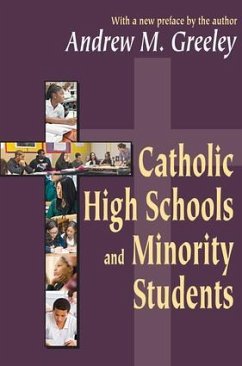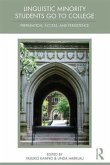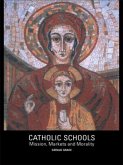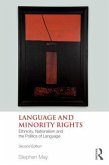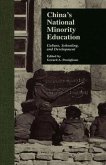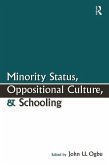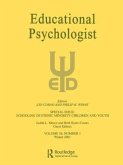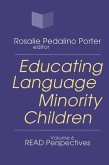The number of minority students, many of them not Catholic, who have enrolled in Catholic secondary schools is substantial. Since it is reasonable to assume that the cost of tuition in such schools is considerable for a minority family, the phenomenon suggests that parents in these families believe that their children will obtain a better education in Catholic secondary schools. The problem of measuring the effect of Catholic secondary schools on minority students is difficult because it is a complex and intricate task to separate family background and student motivation as influences on academic performance from the school's contribution. Here, Andrew M. Greeley makes the case that the burden of proof rests on those who contend that family and student motivation are more important than the character of the school. Using a complex analytic technique that includes sophisticated mathematical models, Greeley demonstrates that the preponderance of evidence tilts in favor of the school. There appears to be an authentic Catholic school effect, attributable to religious order ownership of some schools, more regular discipline in the schools, and especially to a higher quality of teaching in such schools. The effect of Catholic secondary schools on minority students does not occur among students from well-educated families who have been successful in their previous education experiences, but rather among students disadvantaged by race, the fact that their parents did not attend college, and by their own previous educational experiences. As these schools were originally established at the beginning of the twentieth century to socialize the children of the urban poor, their present success with today's urban poor may be due to the fact that these schools are simply doing what they have always done. In a preface written for this new, paperback edition of Catholic High Schools and Minority Students, Greeley confirms the continued success of Catholic schools based on recent studies, despite dissenting voices who wish to attack both private and religious educational institutions. This is an important contribution to the debate on the future of the education of young people in the United States.
Bitte wählen Sie Ihr Anliegen aus.
Rechnungen
Retourenschein anfordern
Bestellstatus
Storno

